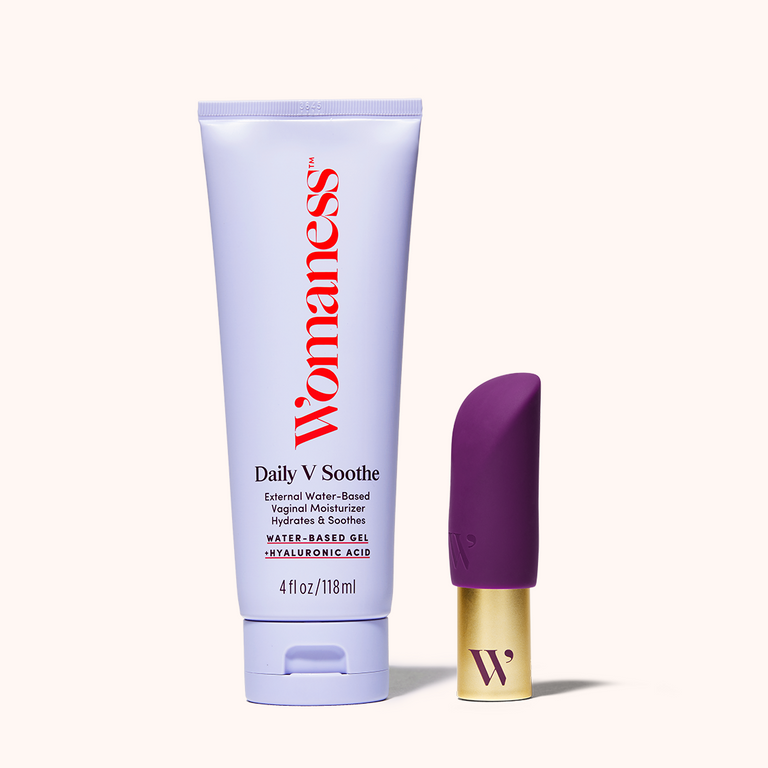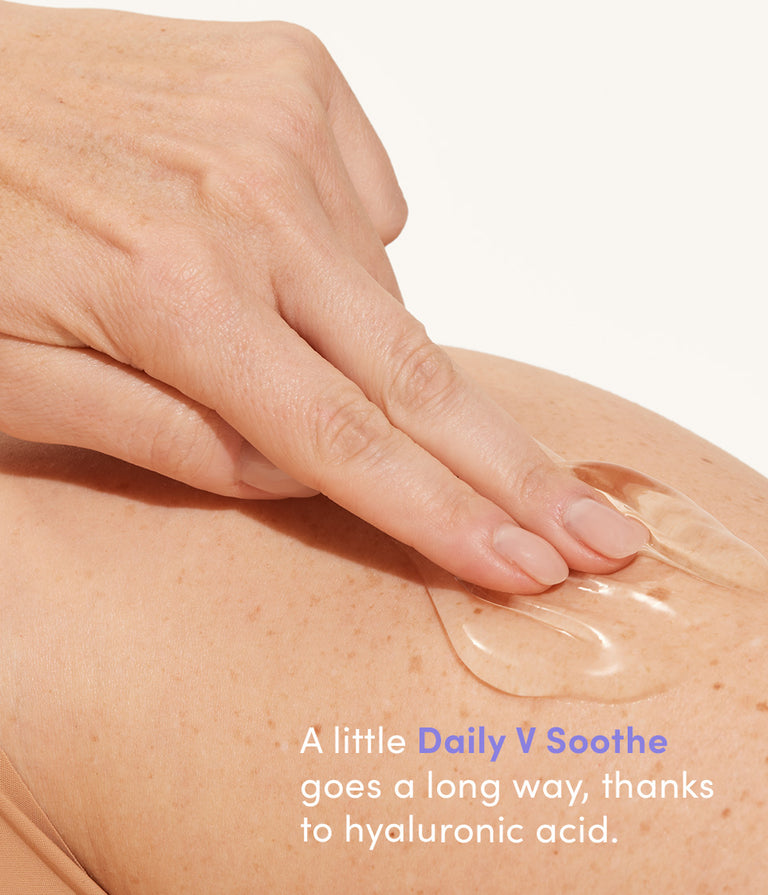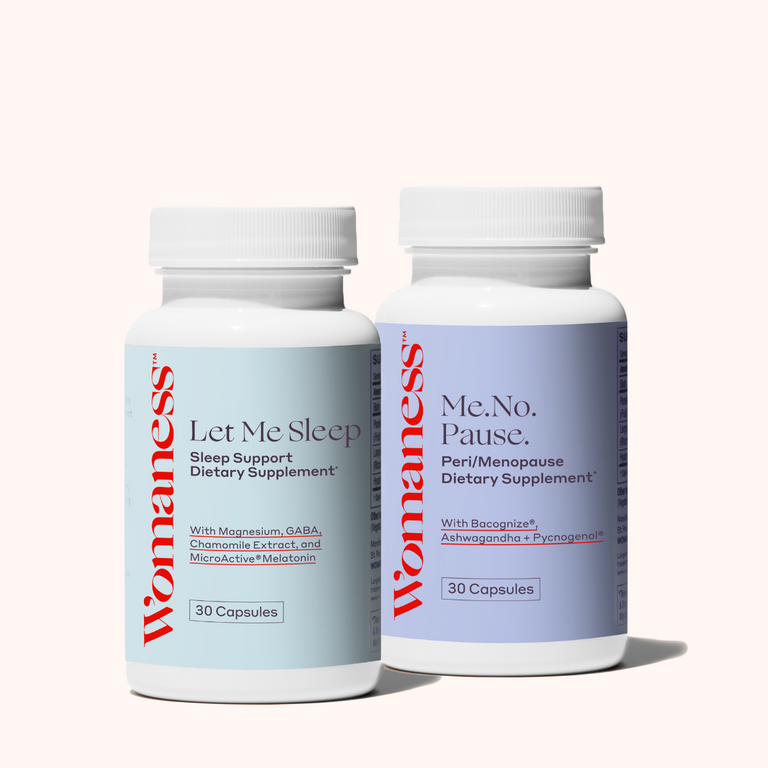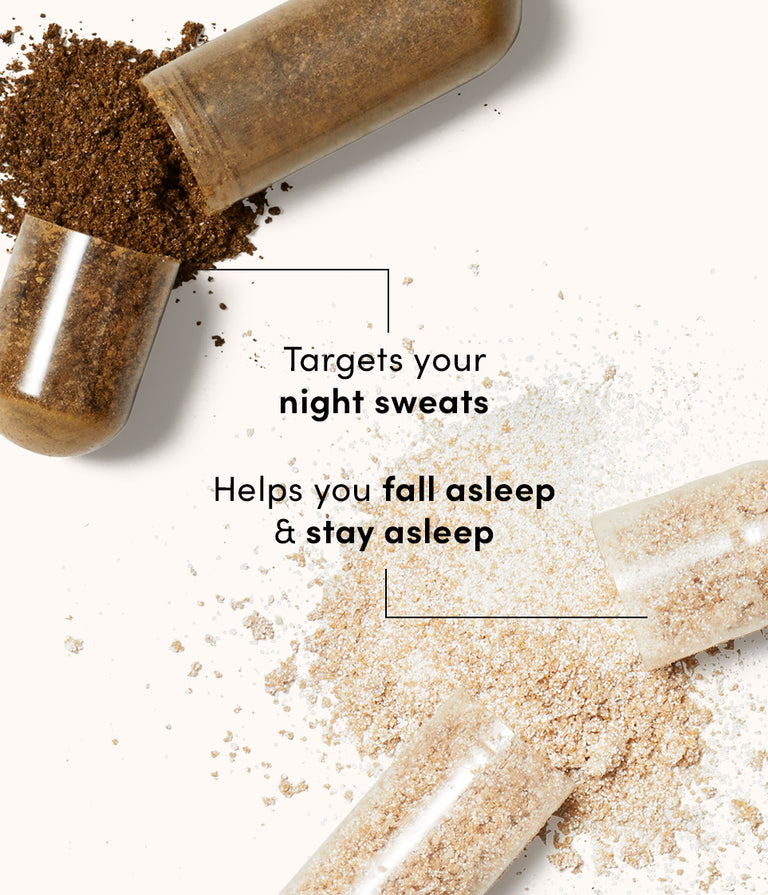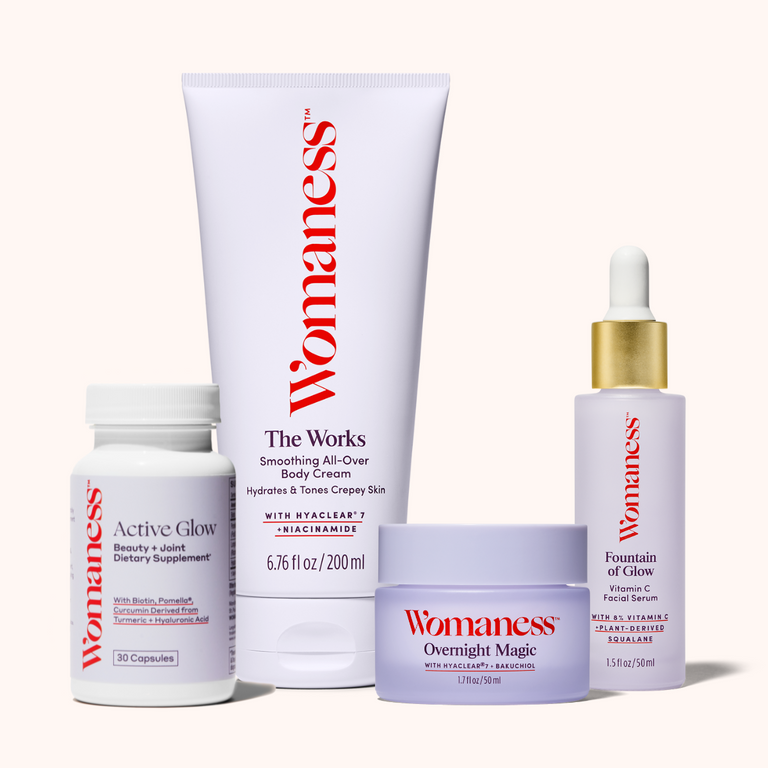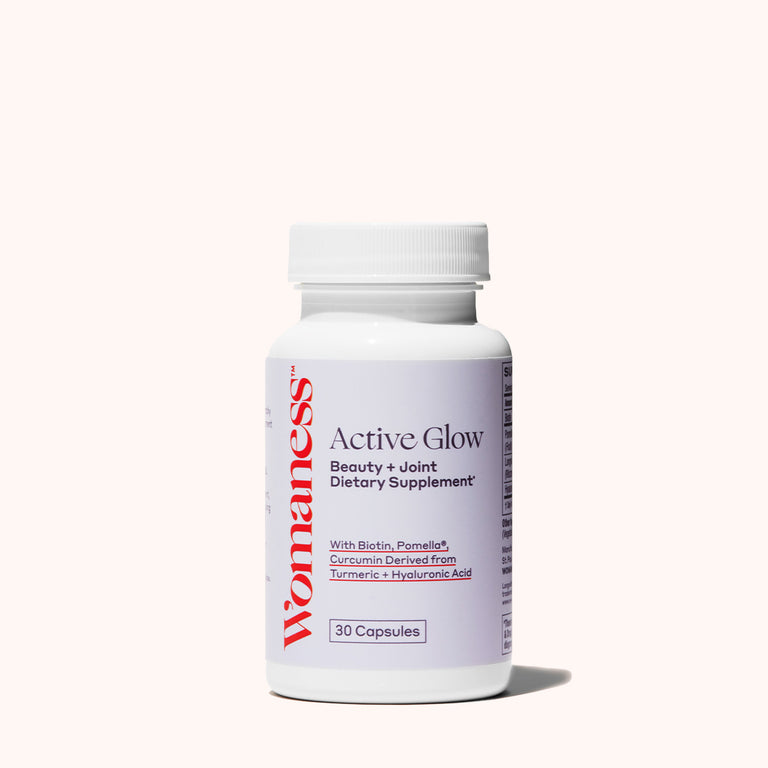By Womaness Editors 2-Minute Read

Welcome to ASK AN EXPERT, a series where we pose your real questions to our menopause experts for the intel you need. Need an answer? Post your question on The After Party, our private Facebook Group.
Your Question:
“What are bioidentical hormones, and then what are hormone pellets? Are they actually safe?”
The Answer:
From Dr. Susan Hardwick-Smith, Complete Midlife Wellness Center: "A very brief overview is that when we went through puberty, we started making three hormones from the ovaries: estradiol, progesterone, and testosterone. They went up and down and with our cycles, but they were always present. Then at some point, we stop making them, and that's menopause. And of course, there's a lot in between. But when we're post-menopausal, like me, for example—my estradiol would be zero, progesterone would be zero, and my testosterone was also zero. So I didn't have them…I lost all three of those hormones.
Bioidentical hormone replacement is replacing those three hormones with hormones that are biologically identical to the ones that we made in our own body. They are exactly those I mentioned—estradiol, progesterone and testosterone—not Premarin, Provera, and testosterone cypionate or something that isn't biologically identical. There are chemicals that are made to look similar to human hormones, but they're not biologically identical, they're not as safe, and they don't work as well. So that's where the term bioidentical came from.
"There are ways to take hormones that are not only safe, but actually improve our lifespan and quality of life."
Bioidentical hormones are plant-based, which means they come from a plant source. They are synthesized in the lab to look identical to human hormones. So in that way, they're synthetic. People get those terms confused, but the endpoint is they look identical to human hormones.
On to hormone pellets…that's something I have chosen to use myself and many of my patients do as well. You can get bioidentical estradiol and testosterone in a form of a little pellet—so the size of a grain of rice—that can be put under your skin through a small two-millimeter poke in the skin. It doesn't hurt. And that delivers those hormones in a very even state for about three months. You could also use a cream or a patch. You just don't want to take it by mouth.
There's so much knowledge that's expanded in the world of hormone replacement in the past 20 years since we were scared by that awful Women's Health Initiative study. We don't have to worry about those things anymore. There are ways to take hormones that are not only safe, but actually improve our lifespan and quality of life—not only sexually, but in reducing osteoporosis, Alzheimer's, heart disease, colon cancer, all kinds of things."
Get More Answers
Ask an OB/GYN: "Is it too late to start taking HRT at age 60?"
Ask a Sleep Expert: "Why can't I fall asleep or stay asleep?"
Ask a Doctor: "What kind of changes should I expect in postmenopause?"

